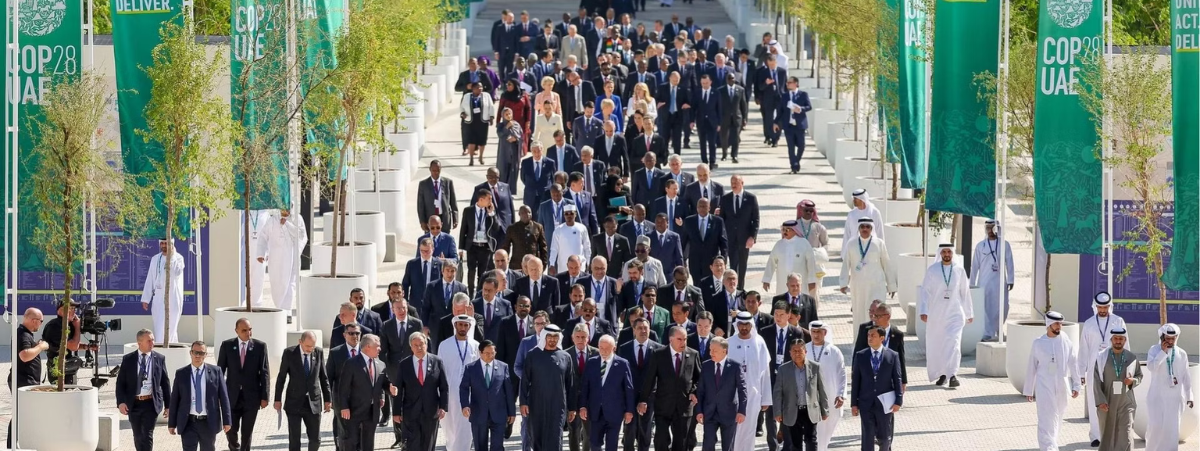Factors like the pandemic, the climate emergency and rising social inequalities are pushing real estate investors to think of ways their asset portfolios can meet the challenges related to the environmental sustainability of buildings.
This pressure is forcing building managers to incorporate certain measures at each phase of their buildings’ life cycle, from due diligence to acquisitions and rentals.
One of the trends noticed by real estate owners and operators is around energy savings and carbon neutrality commitments. This is an attempt to trigger positive environmental changes through greener leasing and technologies. For instance, it’s increasingly common to request changes and refurbishments with the goal of lowering the carbon footprint of buildings.
Another trend is considering health and wellbeing criteria in design decisions and in building operations. Tenants and other occupants insist more on indoor air quality than before, requesting adequate ventilation systems and other elements of indoor atmosphere to improve the comfort of their employees. For this reason, buildings that meet those specifications tend to attract more demand in the long term.
The rental price gap between buildings that have implemented energy improvements (green rentals) and those that haven’t (brown rentals) is also increasing. At the same time, green construction materials are more widely available and economically viable than ever before, which is a boon for energy efficiency and carbon emission reduction refurbishing and remodeling.
In financial terms, under the current asset valuation system, a ‘brown discount’ is being applied to buildings that fail to become more sustainable.
These trends have been acknowledged by sustainability managers working for the biggest names in real estate, such as JLL, CBRE and C&W, all of which took part in the UN Climate Change Conference in Glasgow (COP26). Speaking to the press, they explained that we will see more and more examples of this ‘brown discount’ in the coming years, at a much higher rate than the ‘sustainable premium’ applied to buildings with the best sustainability performance.
This pressure is currently felt particularly in Europe and in the United Kingdom. For instance, a real estate representatives cited a UK building valued at a certain price in 2020 suffered a price decrease of 30% in 2021, when the costs associated with the transition to net zero carbon were taken into account. This is much higher than the value increase generated by the added value of already being net zero, the so-called ‘sustainable premium’, which stands between 5% and 12%.
The CO2 emissions of buildings
The CO2 emissions (also called carbon footprint) of buildings are generally divided into two categories: the emissions associated with project and building activities themselves (labor and equipment), and those from the raw materials and other elements or existing equipment used in the building’s operations. This second category also includes emissions from the building’s energy sources for electricity, as well as waste management.
Regional differences
In the northern hemisphere, the challenge is largely around modernizing existing buildings to make them net zero carbon, since it is estimated that 80% of buildings in this part of the world will still be around in 2050. Financially speaking, for the valuation of these assets, the risk is much higher than the opportunity in these regions: the challenge for real estate managers in the northern hemisphere is to create assets that are truly resilient in the long term. Failing to invest in the net zero transition will result in drops in value.
At the same time, the demand for more sustainable management by these buildings’ tenants is growing, since many of them are large companies and corporations with their own shareholder and consumer-driven carbon neutrality and net zero targets.
The role of financial and insurance institutions
This economic trend will have an impact on the financial world, since banks are the ones offering loans to real estate promoters and other entities that tax, value and insure these buildings. Banks will increasingly demand concrete and credible environmental transition plans from the real estate assets they lend to, according to what was said at the Financial Alliance for Net Zero’s COP26 presentation. As a result, the “brown discount” seems likely to be applied to financial return forecasts.
How to calculate CO2 emissions
Spain’s 2030 Observatory of the Consejo Superior de los Colegios de Arquitectos de España (CSCAE), a business association for architects and contractors, and ClimateTrade, have developed a carbon footprint calculator for companies in the construction sector. This is the first step in helping the construction industry achieve carbon neutrality.
The application is the result of a partnership agreement signed between the CSCAE and ClimateTrade to jointly develop digital initiatives to fight climate change and achieve the UN’s Sustainable Development Goals (SDGs) for the 2030 Agenda. The calculator is free to use and already available for the almost 200 members of the CSCAE’s 2030 Observatory, allowing them to quantify the emissions they generate and offset them through environmental projects in Spain and around the world.
CO2 emission calculation and management with ClimateTrade
ClimateTrade has developed a Widget solution to allow companies of all sizes the opportunity to offer transparent and traceable carbon offsetting to their clients. The Widget is quick and easy to integrate, which makes it particularly suitable for small and medium enterprises (SMEs) or organizations with limited IT resources.
On the other hand, the ClimateTrade API is an advanced digital solution that allows large companies and polluting multinationals to reduce their Scope 3 carbon footprint by involving their providers. The Application Programming Interface (API) is customized for each sector, helping companies manage, calculate and offset their supply chain emissions.
Thanks to decentralized blockchain technology, consensus and clear rules can be generated between providers, and a control dashboard motivates them to become carbon neutral via online offsets. On the ClimateTrade marketplace, supply chain members can offset their Scope 1 emissions through EU emissions rights (EUAs), and Scope 2 emissions through renewable energy origin certificates from the I-REC Standard.
Register on the marketplace or contact us to speak to one of our experts.
Article written by Francisco Martín, Head of Engineering and International Key Accounts Manager.







